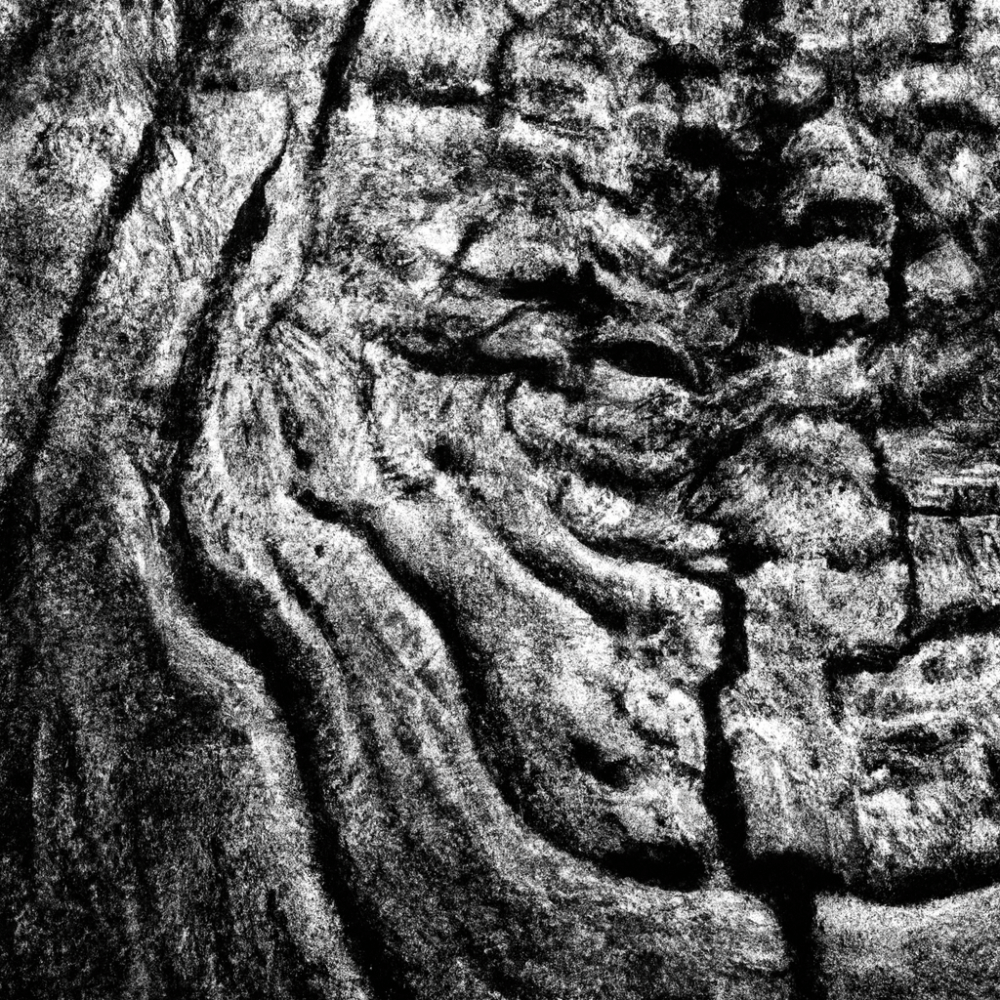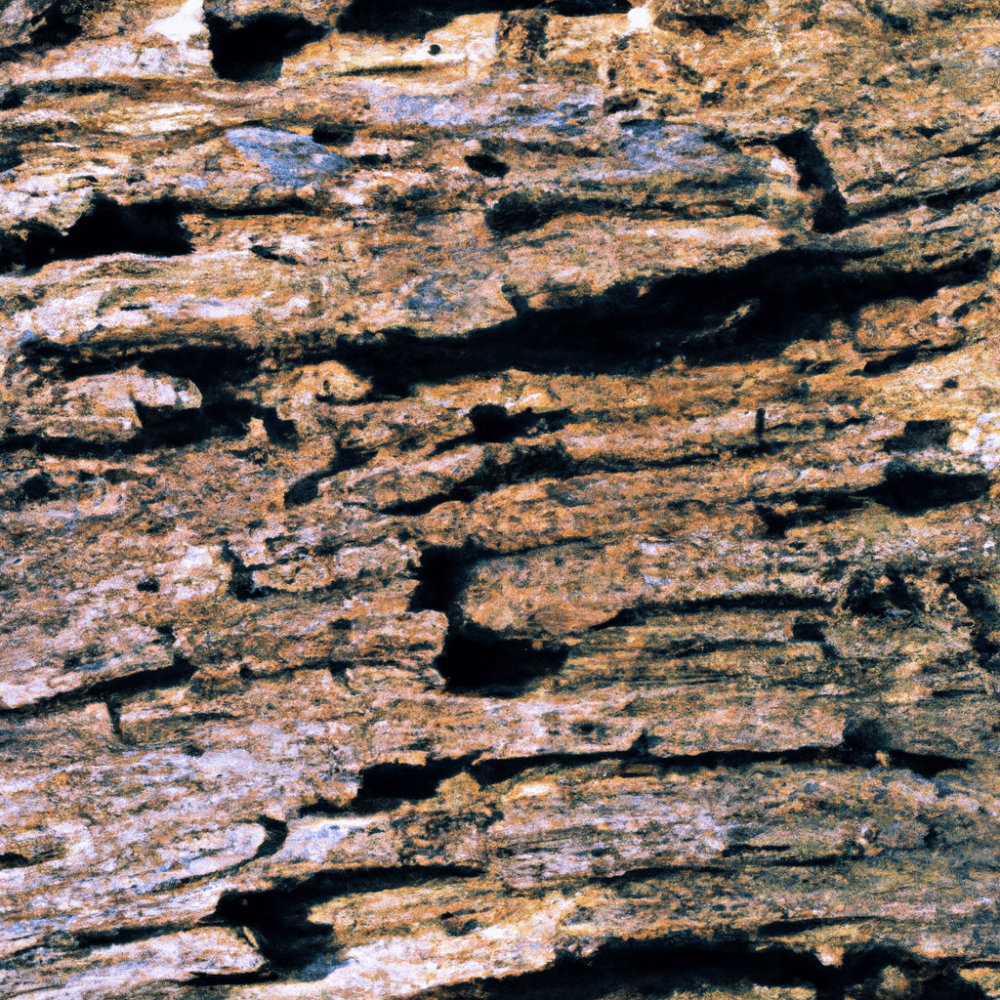Driftwood, those weathered pieces of wood that wash up on shorelines, have an undeniable allure. But have you ever wondered if they can actually mold? In this article, we’ll explore the potential for driftwood to develop mold, discussing the factors that contribute to its formation and how to prevent it. So, if you’re curious about the fate of these beautiful, sun-bleached remnants of nature, read on to discover whether driftwood can indeed succumb to mold.
Can Driftwood Mold?
Introduction
Driftwood is a beautiful and unique natural material that is often used for various purposes, such as decoration, crafting, and even furniture. However, one question that often arises is whether or not driftwood can mold. In this article, we will explore this question in detail, examining what driftwood is, what mold is, the factors that contribute to mold growth on driftwood, the types of mold commonly found on driftwood, the effects of mold on driftwood, and finally, how to prevent and remove mold from driftwood. So, if you’ve ever wondered about the possibility of driftwood molding, read on to find out more!
What is driftwood?
Before diving into the topic of mold on driftwood, let’s quickly define what driftwood actually is. Driftwood is any piece of wood that has been washed ashore by water, usually from rivers, lakes, or oceans. Over time, these pieces of wood get weathered and shaped by the elements, giving them a unique and rustic appearance. Driftwood can range in size from small branches to large logs, and its various shapes and forms make it incredibly versatile and appealing for different uses.

What is mold?
Now that we know what driftwood is, let’s turn our attention to mold. Mold is a type of fungus that grows in moist environments and survives by breaking down organic matter. It reproduces through spores, which can be easily carried by air or water. Mold can come in various colors, such as black, green, or white, and it often appears as a fuzzy or powdery substance on the surface of organic materials. While some molds are harmless, others can pose health risks and may cause allergies or respiratory issues in certain individuals.
Factors that contribute to mold growth on driftwood
Several factors can contribute to the growth of mold on driftwood. The first and most crucial factor is moisture. Mold requires a damp or humid environment to grow, so if the driftwood is exposed to constant moisture or stored in a humid area, it becomes more susceptible to mold growth. Another factor is the presence of organic matter on the driftwood’s surface. If the wood has any residue, such as algae, seaweed, or decaying matter, it provides a nutrient source for mold to thrive. Finally, temperature also plays a role in mold growth, as higher temperatures can accelerate the growth and spread of mold spores.

How does mold grow on driftwood?
Mold growth on driftwood usually begins with the introduction of mold spores to the wood’s surface. These spores can be present in the surrounding air or brought in from other sources. Once the spores land on the moist driftwood, they can quickly start growing if the conditions are favorable. As the mold grows, it releases enzymes that break down the wood’s organic compounds, aiding in its growth and survival. Over time, the mold can spread and cover larger areas of the driftwood’s surface, leading to visible mold patches and potentially damaging the wood.
Types of mold commonly found on driftwood
There are various types of mold that can commonly be found on driftwood. One such type is Aspergillus, which appears as green or yellow-green fuzzy patches. Another common type is Trichoderma, which can be identified by its white or light yellow powdery appearance. Alternaria is another mold often found on driftwood, recognized by its dark green or brown color. These are just a few examples, as there are numerous other mold species that can grow on driftwood, each with its distinct characteristics.
Effects of mold on driftwood
While mold may seem harmless or even visually appealing to some, it can have detrimental effects on driftwood. First and foremost, mold can weaken the wood’s structure over time, making it more prone to breakage or decay. The presence of mold can also lead to discoloration or staining of the driftwood, detracting from its aesthetic appeal. Additionally, mold can release spores into the air, which may cause respiratory issues or allergies in sensitive individuals. Therefore, it is essential to address mold growth on driftwood to preserve its beauty and ensure its longevity.
Preventing mold growth on driftwood
Preventing mold growth on driftwood is crucial to maintain its quality and appearance. The best way to prevent mold is by ensuring that the driftwood stays dry and well-ventilated. If you are using driftwood for crafting or decorative purposes indoors, avoid placing it in areas with high humidity or moisture, such as bathrooms or basements. It’s also essential to store driftwood in a cool, dry place away from direct sunlight. Regularly inspecting the driftwood for any signs of mold or moisture buildup can help catch and address any potential issues before they worsen.
Removing mold from driftwood
If you discover mold on your driftwood, it is essential to take immediate action to remove it properly. First, make sure to wear protective gear, such as gloves and a mask, to avoid inhaling mold spores. Start by gently brushing off any loose mold spores from the wood’s surface using a soft brush or cloth. Next, create a cleaning solution by mixing equal parts water and white vinegar or hydrogen peroxide. Dip a cloth or sponge into the solution and carefully scrub the affected areas, ensuring that you reach all the nooks and crannies. Finally, rinse the driftwood thoroughly with clean water and allow it to dry completely before returning it to its intended use.
Conclusion
In conclusion, while driftwood can indeed mold under certain conditions, preventing and addressing mold growth is entirely achievable with proper care and maintenance. By understanding the factors that contribute to mold growth, recognizing the different types of mold commonly found on driftwood, and implementing preventive measures, you can ensure that your driftwood remains mold-free and retains its natural charm. If mold does appear, it’s essential to remove it promptly using appropriate cleaning methods. With proper attention and care, your driftwood pieces can continue to bring beauty and a touch of nature to your home or creative projects for years to come.